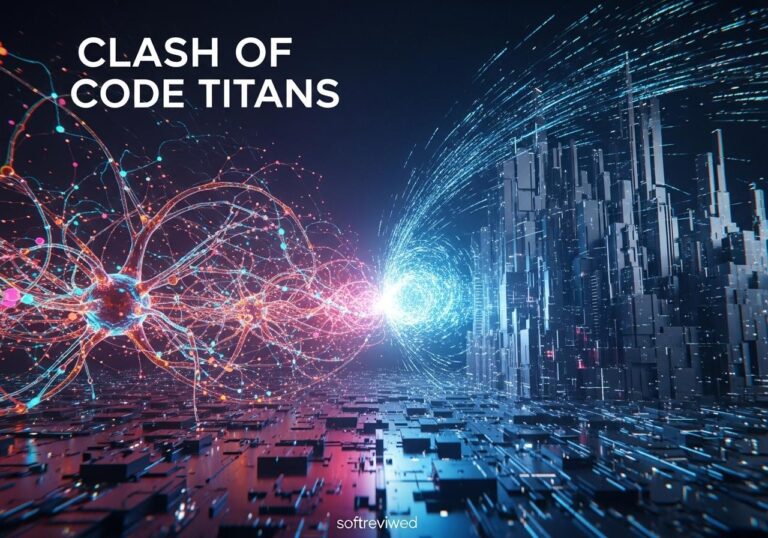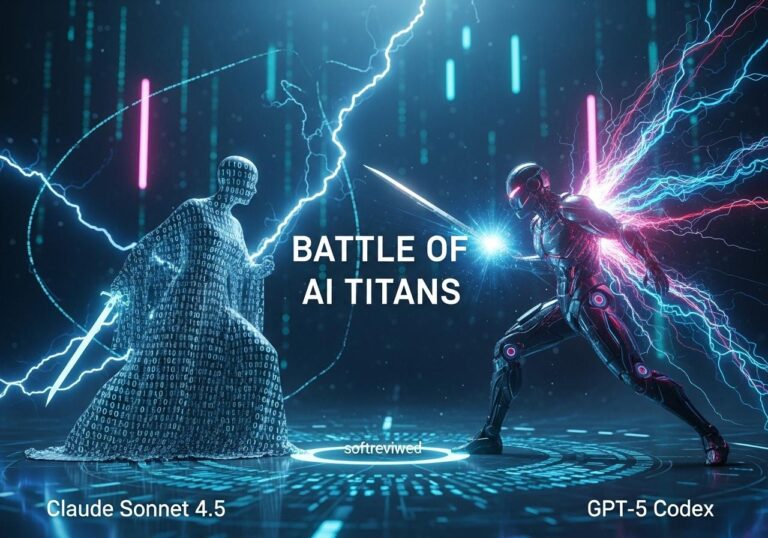🚀 Mistral AI: Les Ministraux
Introducing compact and powerful AI models designed for edge devices
💻 Compact yet powerful AI models
Mistral AI introduces “Les Ministraux,” compact AI models (Ministral 3B and 8B) designed to run efficiently on edge devices like laptops and smartphones.
🏆 High-performance capabilities
Despite their smaller size, Ministral 3B outperforms Mistral’s 7 billion parameter model on most benchmarks, while Ministral 8B rivals models several times its size.
📚 Context window
Both models support a 128K token context window, enabling them to process the equivalent of about 50 pages of text at once, ideal for applications like on-device translation and local analytics.
🔒 Privacy-focused and efficient
Les Ministraux models are designed to meet the growing demand for local, privacy-focused AI solutions, offering compute-efficient and low-latency performance for critical applications.
💰 Cost-effective
The models are available through Mistral’s cloud platform, with Ministral 3B priced at $0.04 per million tokens and Ministral 8B at $0.10 per million tokens, making them accessible for various use cases.
🌟 Industry impact
This release aligns with the broader AI industry trend towards smaller, more efficient models, and positions Mistral as a significant player in edge AI solutions.
French AI startup Mistral has taken a significant leap forward in bringing powerful artificial intelligence to everyday devices. The company recently announced the release of its "Les Ministraux" family of AI models, specifically designed to run efficiently on laptops and smartphones. This development marks a crucial step towards making advanced AI capabilities more accessible and privacy-friendly for users worldwide.
What Are the New Mistral AI Models?
Mistral has introduced two new models in the Les Ministraux family:
- Ministral 3B
- Ministral 8B
Both models boast an impressive context window of 128,000 tokens, allowing them to process approximately the equivalent of a 50-page book in a single go .
Key Features of Les Ministraux Models:
- Optimized for Edge Devices: Designed to run efficiently on laptops and phones
- Large Context Window: Can handle up to 128,000 tokens of input
- Versatile Applications: Suitable for text generation, task completion, and more
- Privacy-Focused: Enables local, internet-free AI processing
Why Are These Models Important?

The release of Les Ministraux models addresses several crucial needs in the AI landscape:
On-Device Processing: By running directly on laptops and phones, these models offer enhanced privacy and reduced reliance on cloud services .
Improved Accessibility: Bringing powerful AI capabilities to personal devices makes advanced language processing more accessible to a broader range of users.
Diverse Applications: The models can be used for various tasks, including:
- On-device translation
- Internet-less smart assistants
- Local analytics
- Autonomous robotics
- Efficiency and Low Latency: Optimized for compute-efficient and low-latency operations, making them suitable for real-time applications .
How Do Les Ministraux Models Compare to Others?
Mistral claims that their new models outperform comparable offerings from other tech giants:
- Better than Llama: Les Ministraux models reportedly surpass Meta's Llama models of similar size.
- Outperforming Gemma: They also claim to beat Google's Gemma models on several AI benchmarks.
- Improved over Mistral 7B: The new models even show improvements over Mistral's own previous 7B model .
These comparisons focus on instruction-following and problem-solving capabilities, which are crucial for real-world AI applications.
Availability and Pricing
Mistral is making these models available through different channels:
- Ministral 8B: Available for download today, but strictly for research purposes.
- Commercial Licensing: Developers and companies interested in self-deployment setups need to contact Mistral directly.
- Cloud Platform Access: Both models will be accessible through Mistral's cloud platform, La Platforme, and partner clouds in the coming weeks .
Pricing Structure:
- Ministral 8B: 10 cents per million output/input tokens (approximately 750,000 words)
- Ministral 3B: 4 cents per million output/input tokens
This competitive pricing structure aims to make these powerful AI models accessible to a wide range of developers and businesses.
The Trend Towards Smaller, More Efficient AI Models
Mistral's release of Les Ministraux aligns with a broader industry trend towards developing smaller, more efficient AI models:
- Google's Gemma: A family of small models designed for various applications.
- Microsoft's Phi: A collection of compact, efficient language models.
- Meta's Llama: Recently updated to include models optimized for edge hardware .
This shift towards smaller models offers several advantages:
- Faster Training and Fine-tuning: Smaller models require less time and resources to train and adapt.
- Reduced Computational Requirements: They can run on less powerful hardware, expanding their potential use cases.
- Improved Privacy: On-device processing reduces the need to send sensitive data to cloud servers.
- Lower Operational Costs: Smaller models generally consume less energy and computational resources.
Potential Impact on Various Industries
The introduction of Les Ministraux models could have far-reaching effects across multiple sectors:
- Mobile App Development: Enabling more sophisticated AI features in smartphone applications.
- Education: Providing personalized, offline learning assistants on student devices.
- Healthcare: Facilitating on-device analysis of medical data, enhancing patient privacy.
- Internet of Things (IoT): Powering smarter, more responsive edge devices in homes and industries.
- Automotive: Supporting advanced in-car AI systems for navigation, safety, and entertainment.
Looking to the Future
As AI continues to evolve, we can expect to see further developments in edge AI and on-device processing:
- Increased Model Efficiency: Future iterations may offer even better performance with the same or smaller footprints.
- Specialized Edge Models: We might see AI models tailored for specific devices or use cases.
- Enhanced Privacy Features: As on-device AI becomes more common, we could see new techniques for ensuring user privacy and data security.
- Integration with Hardware: Closer collaboration between AI developers and hardware manufacturers could lead to devices optimized for AI processing.
How Do Mistral’s New AI Models Enhance the Capabilities of Qualcomm’s Edge Devices?
The qualcomm mistral collaboration significantly boosts the performance of edge devices by integrating advanced AI models. This partnership enables real-time data processing and enhanced machine learning capabilities, empowering industries with smarter solutions. As a result, businesses can leverage edge intelligence to optimize operations and improve decision-making processes effectively.
Conclusion
Mistral's release of the Les Ministraux AI models represents a significant step towards making powerful AI capabilities more accessible and privacy-friendly. By optimizing these models for laptops and phones, Mistral is paving the way for a future where advanced AI processing can happen right on our personal devices. As this technology continues to evolve, we can expect to see increasingly sophisticated AI applications becoming a part of our daily lives, all while maintaining better control over our data and privacy.
The development of efficient, on-device AI models like Les Ministraux is not just a technological achievement; it's a glimpse into a future where AI becomes a more integrated, personal, and secure part of our digital experiences. As we move forward, it will be fascinating to see how developers, businesses, and consumers alike harness the power of these new AI capabilities to create innovative solutions and enhance our interaction with technology.
Mistral AI’s New Models: Performance vs. Cost
This chart compares the performance and cost of Mistral AI’s new models, showing how they stack up against larger competitors.







